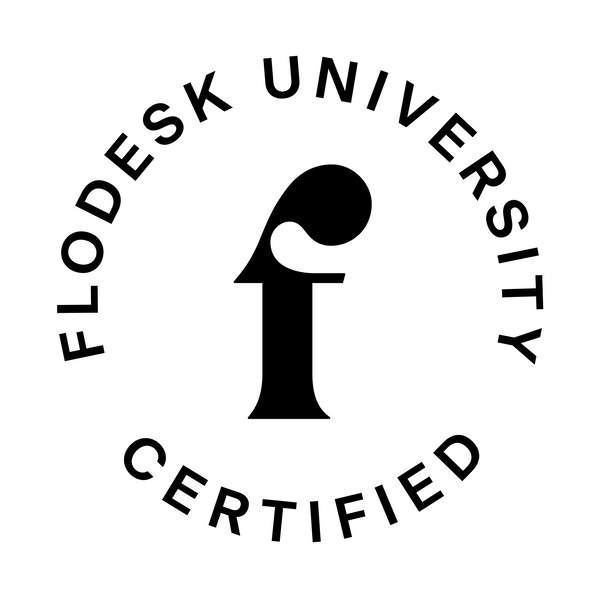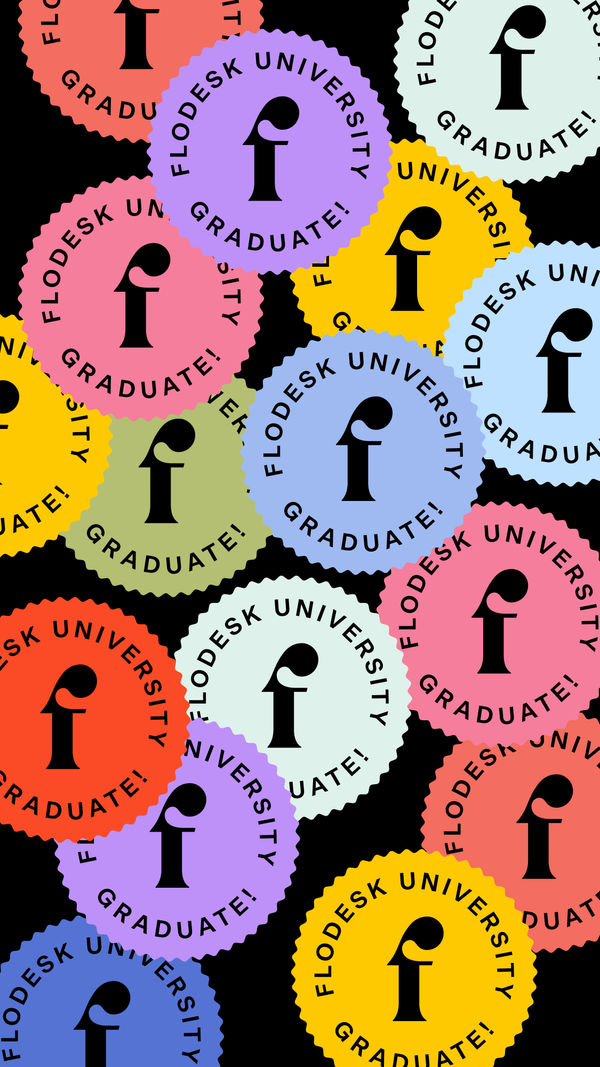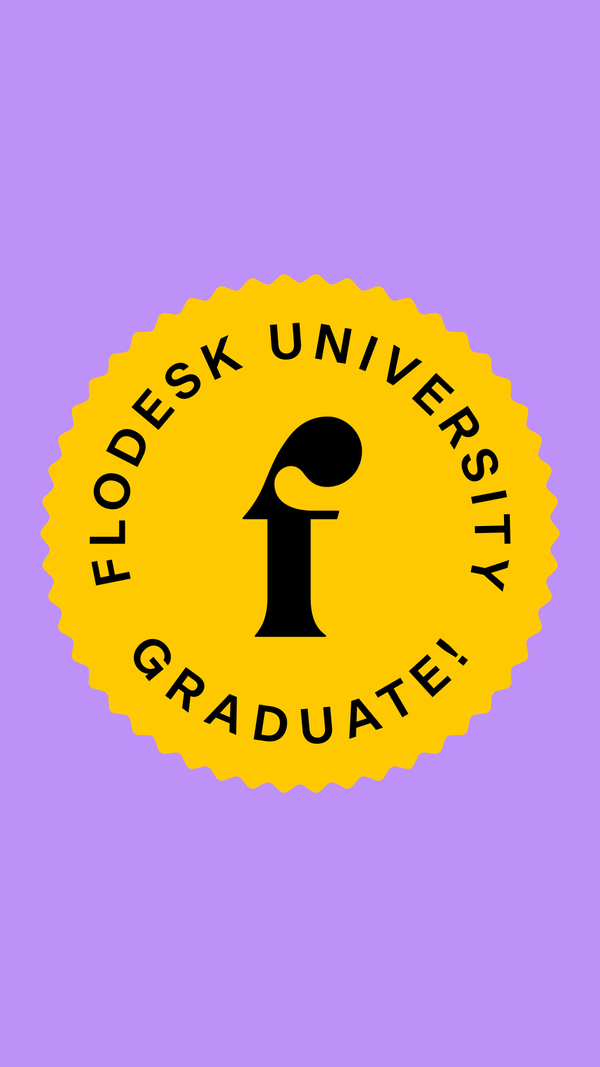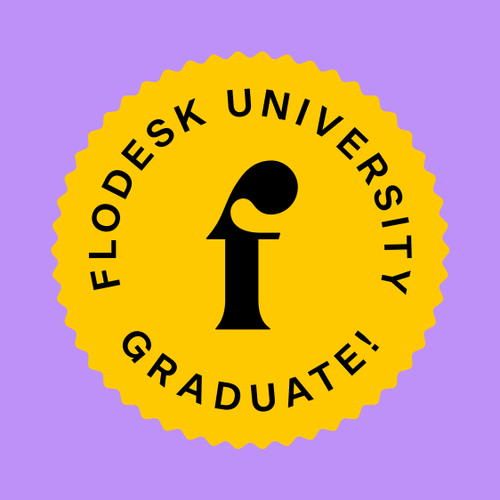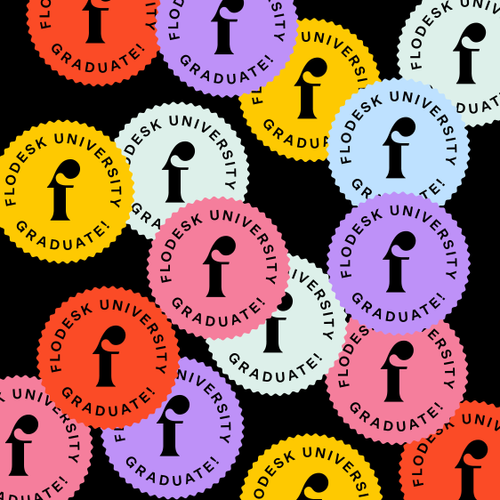Email marketing can be as frustrating as it is rewarding. Fortunately, Flodesk has all the tools you need to create and automate the value you are sending out with your email marketing. The automation part comes from Flodesk Workflows.
In this course, Cody Hays is going to walk us through the ease and use of Flodesk Workflows. Cody is the founder of Marketing Mission, a nonprofit that helps other nonprofits access the marketing they need to further their impact.
Here’s what Cody teaches on Flodesk Workflows:
In this course, we will be walking through how to use Flodesk Workflows to automate the delivery of your emails for your lead generators, your sales campaigns, and even your nurture campaigns. Ultimately we are making money or wasting money on autopilot.
For the sake of this course, we’ll assume you already have an awesome lead-generating pdf that you are ready to share with the world. Let’s walk through how to share that automatically through Flodesk Workflows.
Flodesk has many templates you can use to start, and they consist of multiple emails and messaging prompts. Even workflow templates with preset conditions, which I’ll get into more later.
If you want to customize your workflows and start from scratch, that’s what we’re going to review more now. It is a bit complicated to create, but I promise it is light years faster than any other marketing tool that I’ve used before.
The first thing you’re going to want to do when creating a Workflow is to log into Flodesk and click on workflows up in the menu. Click new workflow, and then you have the option to select from a few templates or start from scratch.
We start by naming our workflow. Once all of this is set up, the first thing we want to do when creating a workflow is set a trigger. A trigger is basically a fancy way of saying that if someone is added to this email segment, then trigger the sending of an email series.
When we click to add a trigger, the menu pops up on the right side where we can choose to ‘Begin this workflow when,’ and we’re going to choose ‘A subscriber is added to segment.’ Then, just below that, we decide which segment is added for whichever section wants to send this workflow.
Once you’ve selected that trigger, it’s time to add your first email. Typically this is the delivery of your freebie or email introduction telling your subscribers what they can expect from you and the value you’re going to add to their lives.
To add an email, click the ‘+’ below the trigger. Then you have the option to select ‘email,’’ time delay,’ ‘condition,’ or ‘action.’ With email, you have the option to duplicate an existing email or create a new one. Choosing a new one, you’ll see that Flodesk has many templates to choose from that can customize for your brand.
For this example, select the “sales welcome’ email. You can, of course, customize it with your brand’s colors and text within that you’d want to send. Then we can go ahead and end the workflow there, or we can add in a condition to continue serving our customers. A condition implies additional emails to be sent based upon certain conditions that are set up.
There are four conditions that you can add to determine the next step in a Flodesk Workflow. As mentioned above, you can add an email, time delay, condition, or action.
The email is straightforward. It is the next email you would like to send out in that series.
The time delay pauses the following email form sending to your time specificity. This can be minutes, days, or a specific day of the year.
The next step is the condition that sets your workflow to take action only if something has actually occurred. This includes being adding to a segment, opening a specific email, or clicking a certain link.
The action condition can automatically be set up to add or remove someone from a segment which is great if you’re wanting to move people between different sales funnels and phases of the buyer’s funnel. So you could have a workflow for your lead generator, and if someone actually downloads it or expresses interest, then you can create an action to add them to your sales sequence for your signature service.
After you have your workflow built out as long as you want, the next step is to hit publish. Publish now will automatically apply this workflow to future emails being sent out.
Once your customer has made it through your full email series, I recommend setting a condition to add them to your general email list. You can do this using an action condition and adding them to a new segment. This is really good for moving people through different phases of your buyer’s journey. This way, you can continue to nurture that relationship with that customer and introduce them to new products and services that you’re offering.
Now you know how to create a full email series on autopilot using Flodesk Workflows.
What to Watch Next
How to Build an Email List Without a Website
How to Build an Email List: 5 Ways to Market Your Freebie
How to Use A Quiz Lead Magnet to Grow Your Email List


